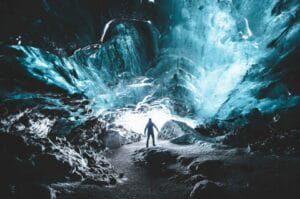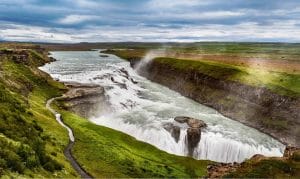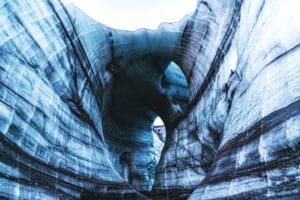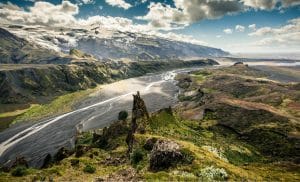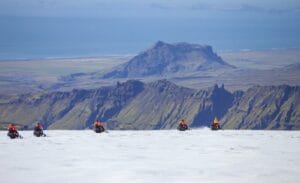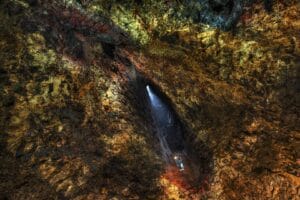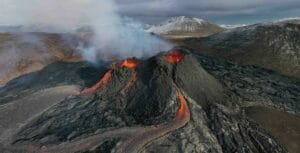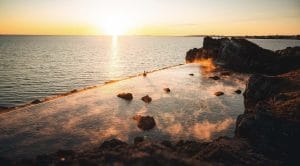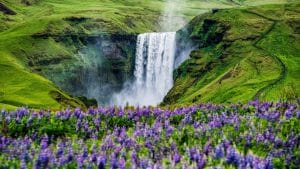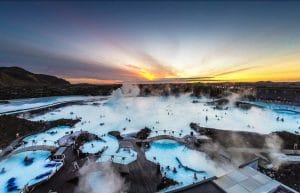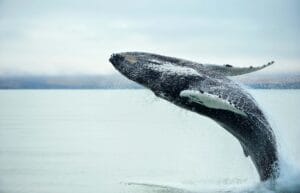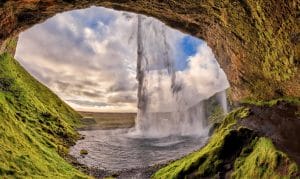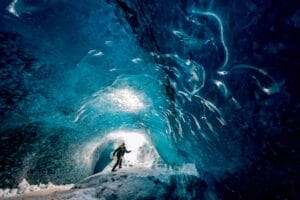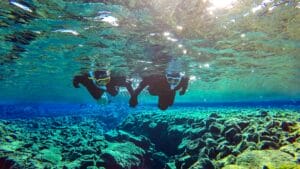There is a reason why Iceland is called the ‘land of fire and ice’. Because on the ground- above, it has ice (glaciers), and beneath it, the volcanoes and hot lavas. This North Atlantic Island with its remarkable landscapes including rugged mountain ranges, massive glaciers, stark alpine deserts, waterfalls, plateaus, and fjords, is simply a geological feast for eyes. But the most striking geological feature of Iceland is perhaps its volcanoes. With more than 30 active volcanoes on Iceland, volcanic eruptions are an unpredictable but relatively regular occurrence. The most recent eruption took place in the lava field of Holuhraun back in 2014. However, the most significant and famous, recent eruption was in 2010 when Eyjafjallajokull erupted and caused enormous disruption to air travel across western and northern Europe for the first few days. Geologically speaking, this island is a relatively new country. Sitting astride the middle of the Mid-Atlantic Ridge, the volcanic activities in the region has created an unusual but spectacular landscape of Iceland. Even the country’s most popular wonders such as hot springs and geysers are the work of volcanic forces beneath the surface.
Travellers around the world every year come to Iceland to witness the rare sight of volcanoes and the marvellous landscapes they have created. That’s why we have compiled this article to provide you with everything about volcanoes of Iceland you might ask. But first a little about volcanoes!
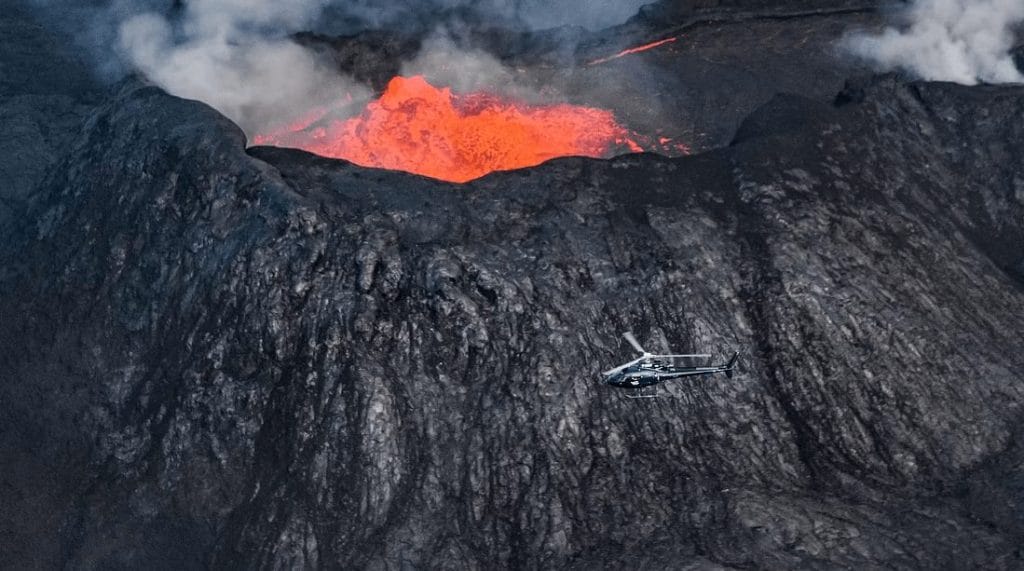
What are volcanoes?
When we hear volcanoes, a picture of a mountain with hot lava flowing out of it surfaces in our mind. But they are much more than just a mountain and hot lavas.
A volcano is a crack/rupture in the crust of the Earth that allows lava, volcanic ash, and gases to spew through it. Volcanoes are mostly found at the meeting points of tectonic plates where these plates either diverge or converge, and a majority of them are under the sea.
Volcanic Island
Iceland is located astride of the Mid-Atlantic Ridge, which extends about 16,000 km along the north-south axis of the Atlantic Ocean. The ridge is an underwater mountain chain, separating Eurasian and North Atlantic plates. As these two plates move in opposite directions, one to the west and second to the east causing a rift that also runs through Iceland from Reykjanes in the southwest to Kolbeinsey in the northeast. The rift is considered the most prominent reason for volcanic eruptions in Iceland, especially the area between Hekla, Katla and Vatnajökull.
Iceland has different types of volcano causing peculiar topographies and landforms. The most common among them are composite volcanoes which stretch forth in a line spreading in large areas. The best example of a composite volcano is non another than famous Eyjafjallajökull. Another most common type is shield volcanoes which resemble the shape of a warrior’s shield. The formation of Surtsey Island on the southern coast of Iceland is a good example. One unique type of volcanic eruption called caldera, is responsible for the creation of Queen of Mountains, Herðubreið, also the national mountain of Iceland.
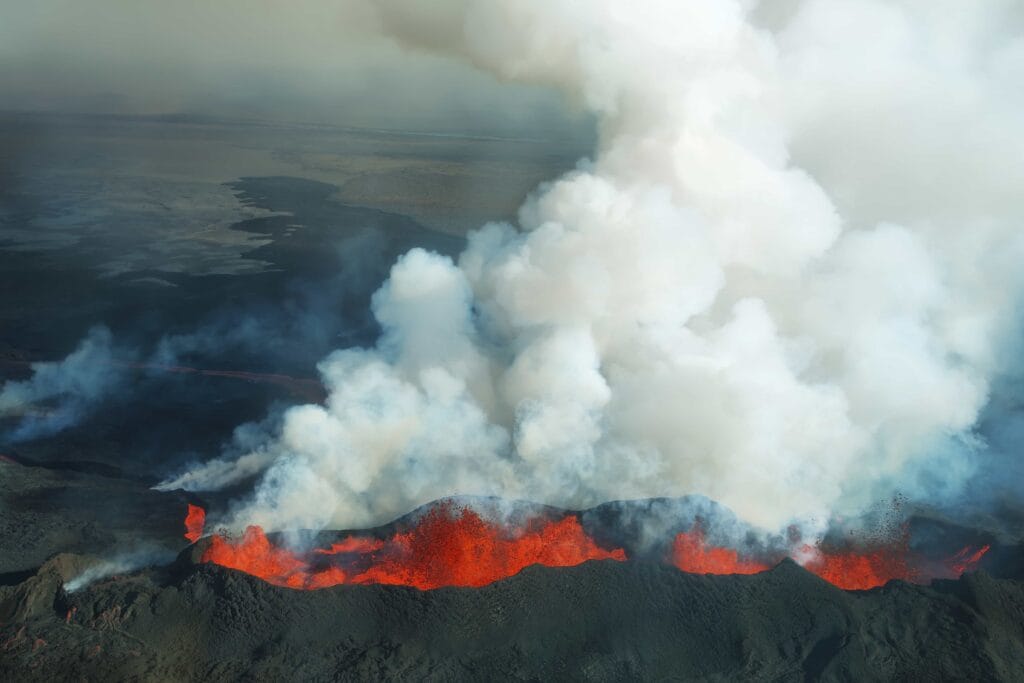
Volcanic eruptions in Iceland: Do they often occur? How dangerous they are?
For almost the last 100 years, there has not been a decade gone by without at least one of the volcanoes erupting somewhere in Iceland. More than 30 active volcanoes across the country are situated beneath the glaciers. When they erupt unlike other volcanoes of the world, often cause destructive glacial floods, known as jökulhlaups in Iceland. The boiling magma and glacial ice together can bring destruction on the surface or cause geological changes inside the surface. These subglacial eruptions can take place anytime without anyone’s notice. Though the geological sciences and seismic studies have improved and jökulhlaups may be predicted before its occurrence, unexpected can still occur. If you are on a volcanic trip, keep an eye on the IMO’s predictions and weather reports.
Icelanders have mastered the art of survival in harsh nature since the dawn of the early settlers. Interestingly, the settlers chose the locations which were far off from the active volcanic zones. For instance, Iceland’s south coast has very few residential towns and villages due to the presence of active volcanoes like Katla and Eyjafjallajökull. Today, Iceland is relatively safe and the threat to human life from volcanic eruptions is minimal. The Icelandic Meteorological Office’s (IMO) has placed seismic stations across the country, providing early and often reliable predictions about the next volcanic eruption.
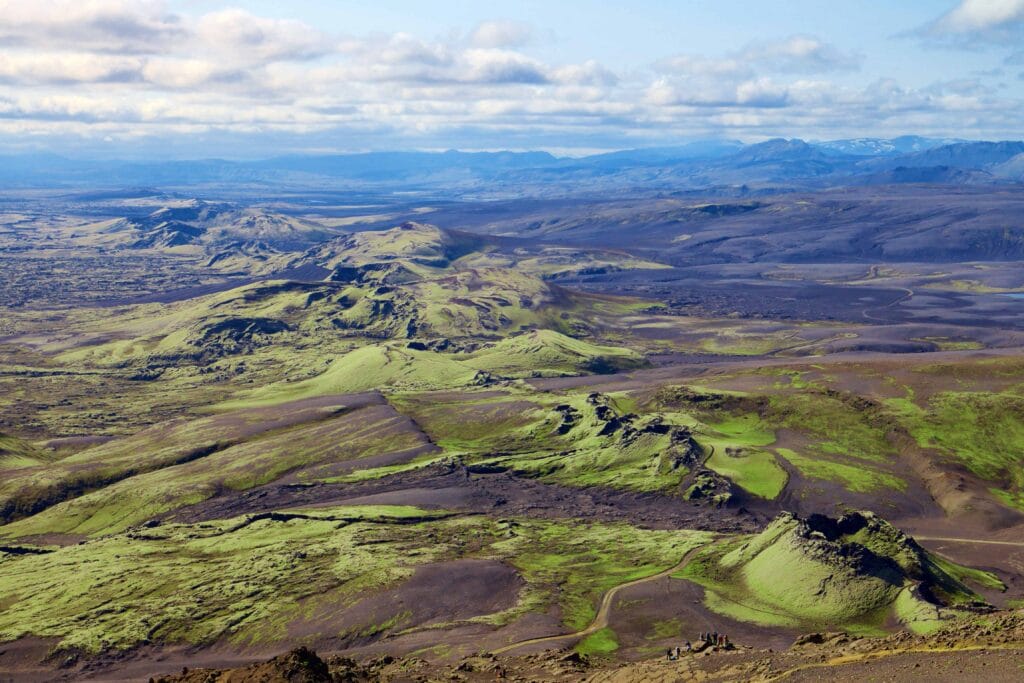
Iceland’s worst eruption: Laki 1984
Among all the recorded volcanic eruptions of Iceland, Laki’s eruptions in 1784 are considered most catastrophic. The volcanic ashes reached over the skies of Europe, causing dense fogs that crippled the busy ports, lead to intense food shortages, and foods turned rancid. It also poisoned the atmosphere, forcing people to stay indoors. Those working outside unaware of the poisonous gas that was approaching, for instance in Britain, lost an estimated 23000 lives in just a few days. The impact on France was more dramatic. The country’s climate became unconducive for cultivation resulting in severe famines across the countryside. Many historians believe that Laki was one of the natural causes that drove the people to revolt against the French monarchy, the French Revolution in 1789. Meanwhile, in North Africa, Laki eruptions lowered the temperatures, leading to low precipitation affecting the flow of the mighty Nile River. According to an estimate, Egypt lost 1/6 of the country’s population.
1784 is considered the worst year of Iceland’s millennial history. With crops rendered inedible and rivers poisoned, almost half of Iceland’s livestock was wiped out, and ensuing famine costing thousands of lives. Out of the remaining population, one-third of them left this seemingly dying island in search of a better life elsewhere. The Laki eruption is considered one of the greatest tragedies of Iceland till date.

Benefits of Volcanoes
Yes, you read it right! Leaving aside the destructive occurrences, Iceland wouldn’t be even half of the country it is today, without the volcanic systems and their geothermal energy. Iceland is probably among one of the few countries that run entirely on renewable energy resources.
30% of all of Iceland’s electricity is generated from geothermal power plants. These plants harness the excess heat from the earth and use as a clean source of energy to provide electricity around the country. Rest of energy is generated through hydroelectric power plants. The much-needed heating is provided by pumping hot waters directly from earth to people’s homes. Vegetables and fruits are grown in greenhouses as the sun remains hidden for most parts of the year.
Overall, a majority of Iceland’s economy and infrastructure relies upon geothermal forces that are under work inside the earth. Even the growing tourism industry is heavily dependent on volcanoes. Travellers and adventurers come to Iceland to see the miraculous marriage of Fire and Ice working simultaneously and constantly shaping the country’s landscapes.
Volcano Tourism: Most Famous Volcanoes in Iceland
Every year more than 2 million foreign tourists come to witness the spectacular landscapes, to gaze into the northern lights, take a bath in Blue Lagoon, and some of them to catch sight of the rare volcanic eruptions. The much of the recent boom in Iceland’s tourism is often credited to 2010 eruption of Eyjafjallajökull. Many of the tourists today come to explore the volcanoes and volcanic regions to witness the rawest beauty of nature.
In Iceland you can find variety of volcanic tours from guided sightseeing tours to Into the Volcano tour. The sightseeing tours take tourists around the volcanic regions of Iceland. You can also go on flightseeing or helicopter tours that will fly you over the volcanoes and craters in Iceland. However, the most unique of all volcano tours in Iceland is Into the Volcano Tour in Þrihnukagigur. This tour allows you to descend into a dormant volcano. Into the Volcano is a rare and exclusive to Iceland. No other country on the earth provides the opportunity to take a tour inside a volcano. Include this tour in the list of things to do once in a lifetime.
Iceland has some amazing volcanoes and each one of them may be worth your visit, but some are just so unique that you have to check out. That’s why we have compiled a list of volcanoes that you would love to visit
1. Eyjafjallajokull
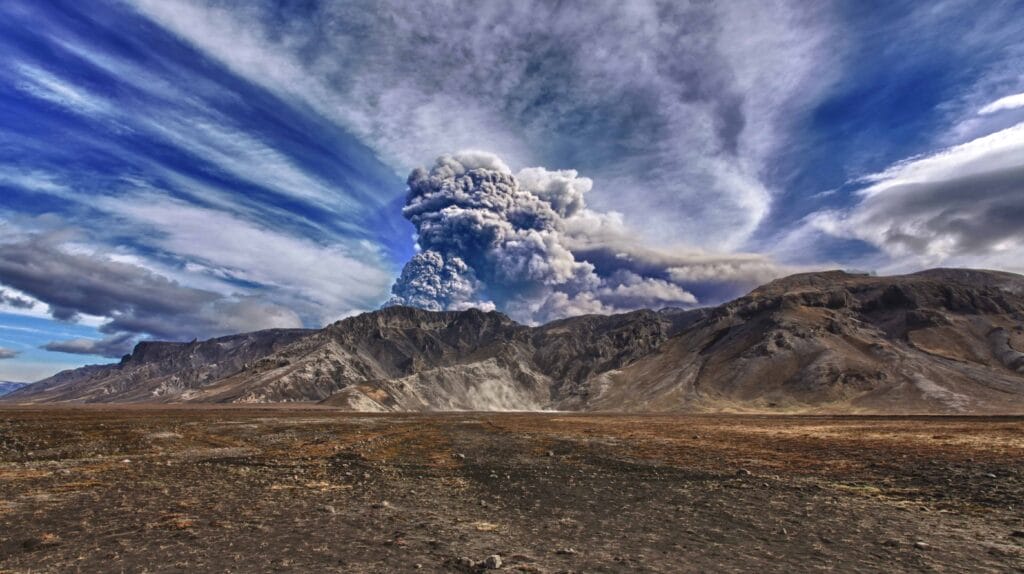
The unknown and difficult to pronounce Eyjafjallajokull became widely famous in 2010. Media houses flocked to capture the footage of this active volcano that was causing disturbances in European air routes. While the eruptions were relatively small and caused no harm to the local population, its cloud of ash forced European flights to remain grounded for initial days. Since then, Eyjafjallajokull has become a popular destination among the tourists interested in volcanic tours.
Geologically speaking the Eyjafjallajokull is connected to the Katla volcanic system meaning the eruption at one place usually triggers another within two decades. Although Katla is overdue for a mighty eruption, it could take place in the coming years. It is located on the southern coast of Iceland.
2. Katla
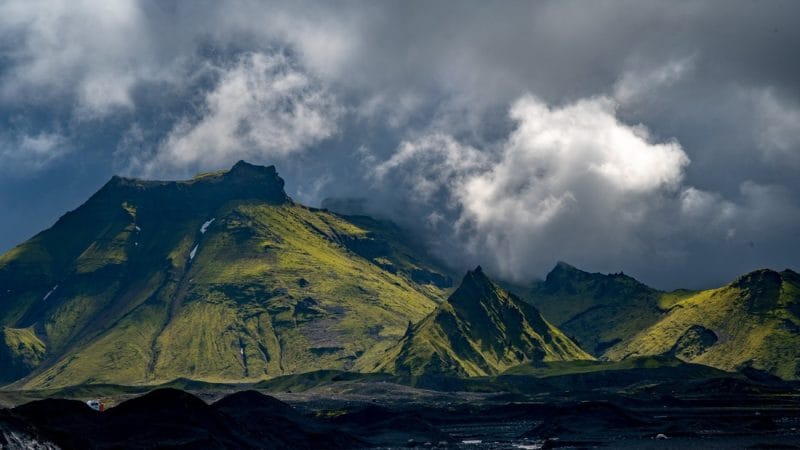



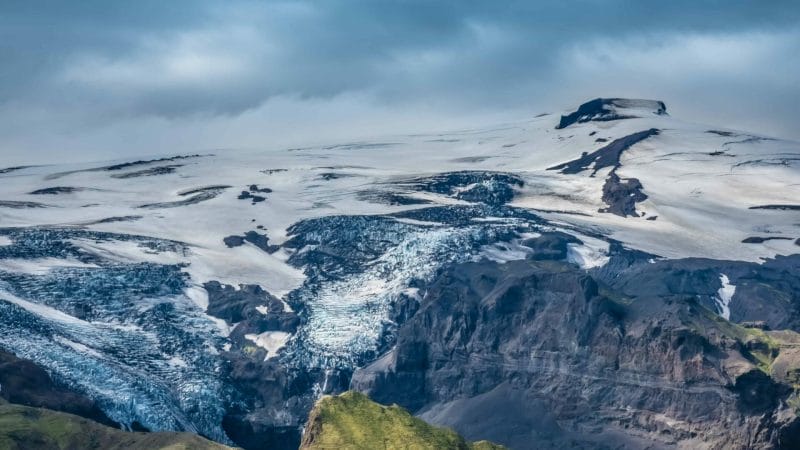
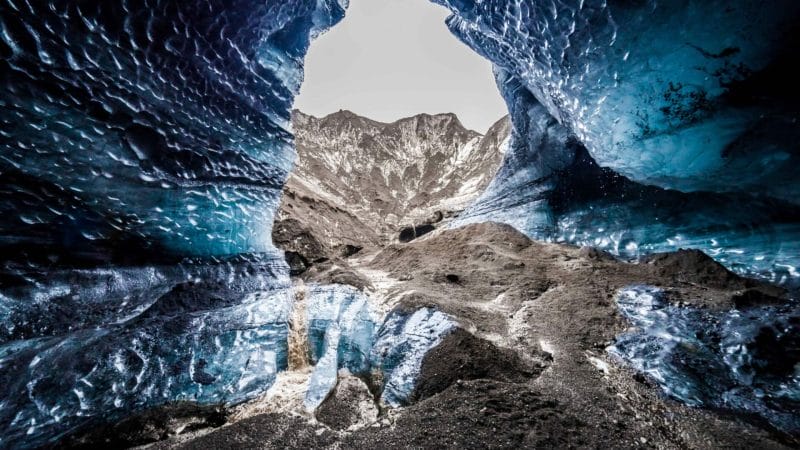

It has been rumbling for years and every few months scientists put out fresh warnings to remind the people that one of Iceland’s most powerful volcanoes, Katla, is long overdue. The active volcano of Katla has erupted 20 times in the past between 930 and 1918. It is also located in the south of Iceland, sitting beneath the Mýrdalsjökull glacier.
3. Grimsvotn Volcano System
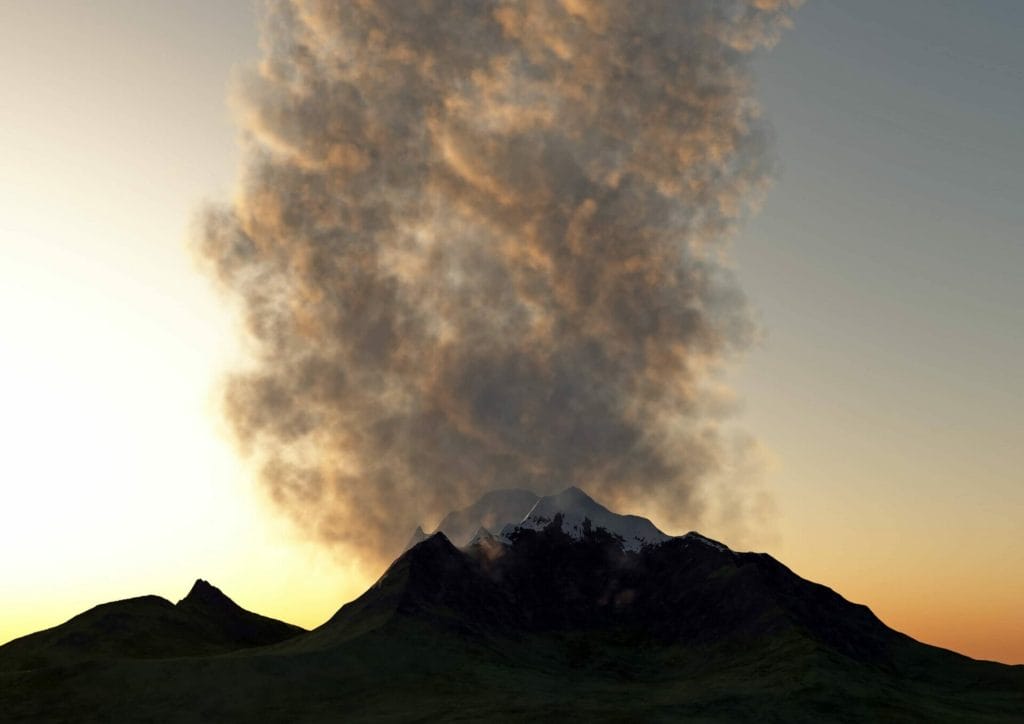
Among all the volcanic systems of Iceland, Grimsvotn is most actively erupting volcano. The most disastrous volcanic eruption of Laki volcano 1783 which caused havoc across the European continent is a part of Grimsvotn Volcano System. The looming ash clouds caused by the eruption here makes this volcanic system more deadly and prone to widespread disaster than any other volcanoes in Iceland. That’s why Grimsvotn has been nicknamed as ‘the deadliest volcano’.
4. Hekla
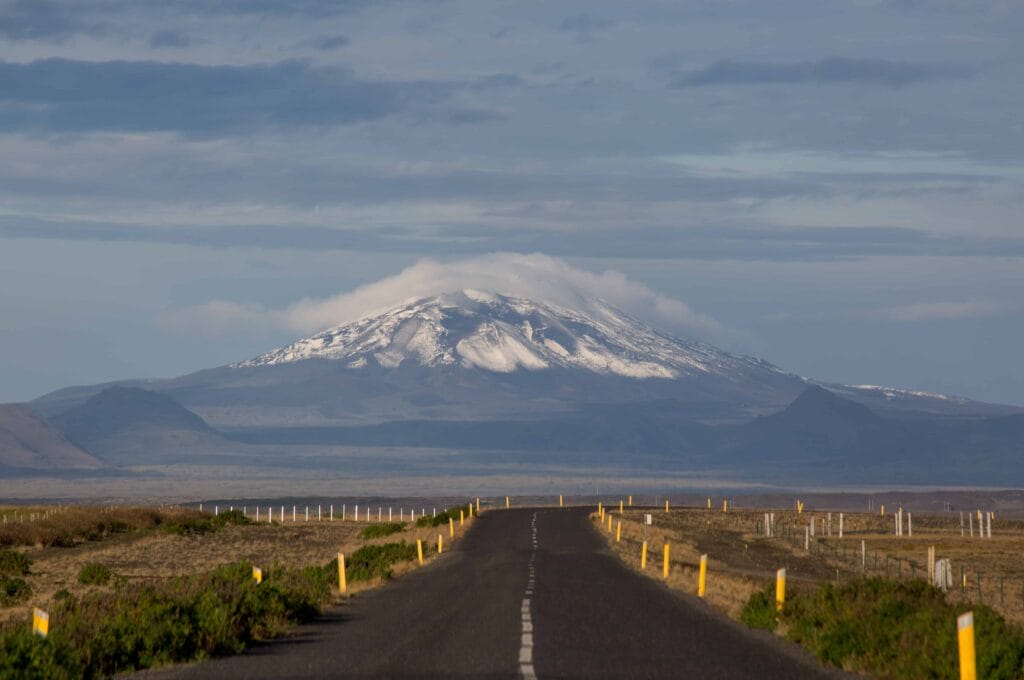
Known as the “Gateway to Hell”, Hekla is an active volcano known for violent eruptions. It is also a highly unpredictable volcano that can occur in just 10 years or as long as a century before it erupts. According to recorded documents, 1104 was the most explosive eruption, although the latter three eruptions especially 1845 caused more destructions in terms of livestock and human life. The recent but insignificant eruption took place recently in 2011. Hekla volcano is also located in southern Iceland.
5. Hverfjall/Hverfell
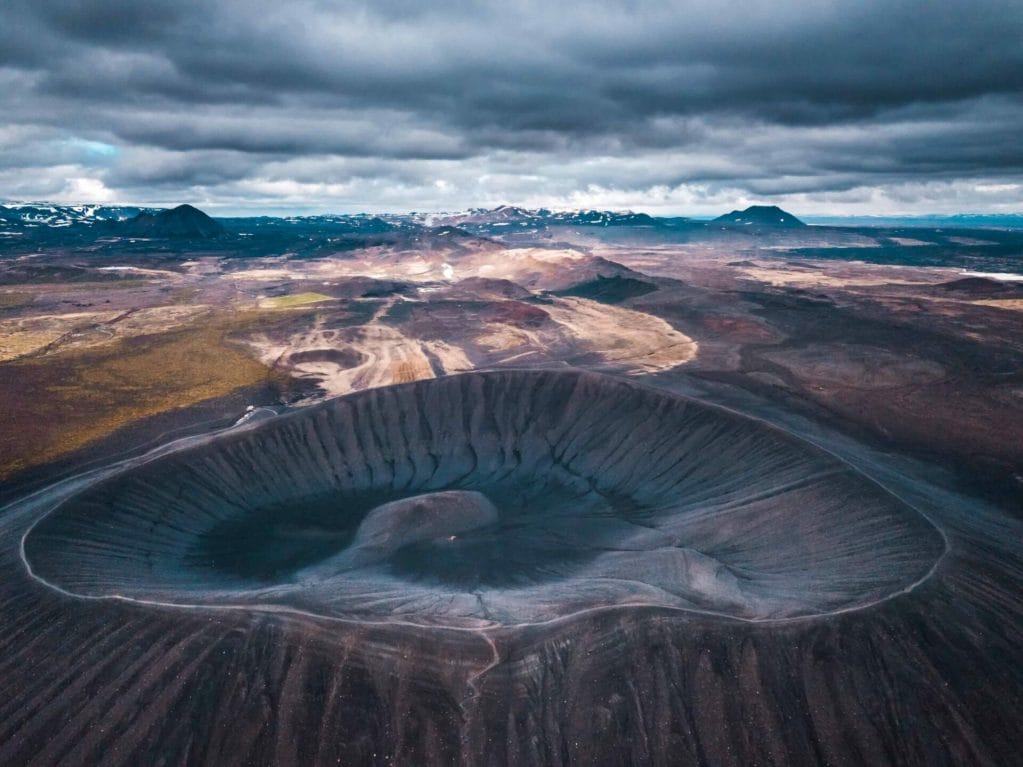
The Hverfjall is a dormant volcano that has been silent for the last 4500 years. The dormant state of the volcano with its gentle is loved by hikers. The easily accessible Hverfjall provides an easy volcanic trek making it a perfect spot even for beginners. It is situated just beside Lake Mývatn in Northern Iceland.
6. Bárðarbunga
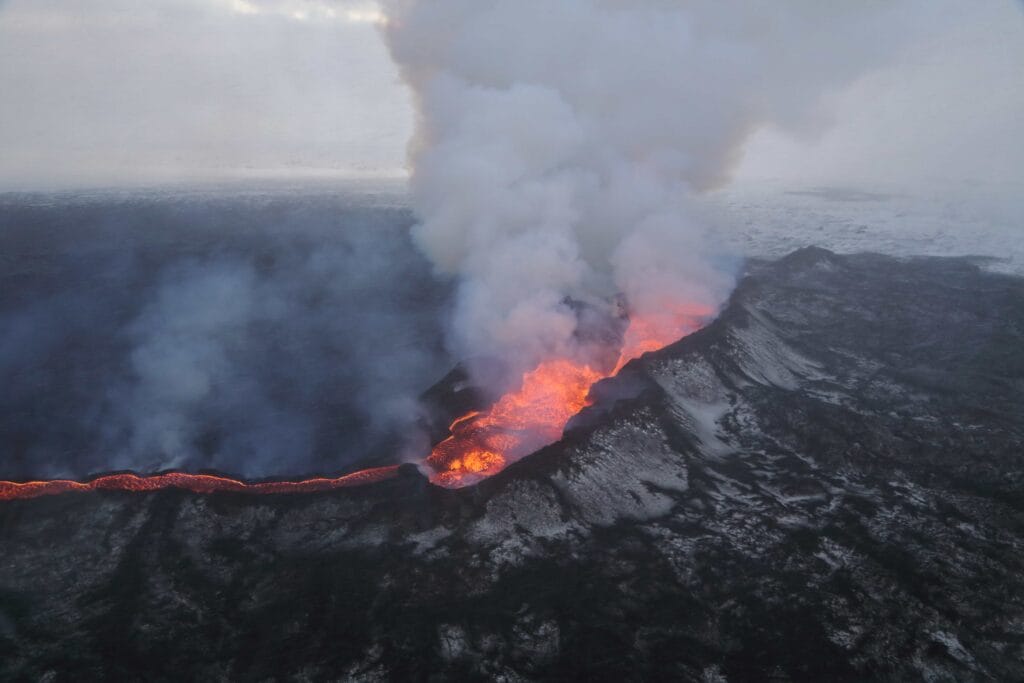
Iceland’s second-highest peak, Bárðarbunga, sitting under the glacier Vatnajokull, is part of a huge volcanic system. The 200 km long and 25 km wide strato-volcano since 6600 BC has erupted many times. The last known eruption before 2014 took place in 1910. Though snow-capped mountain on a remote location may seem like harmless when Bárðarbunga would erupt its impact would be felt beyond Iceland. The volcano’s eruption 2014 was the largest Iceland had seen in the last 200 years, causing air pollution across Western Europe. Earthquakes are occurring frequently near its crater, probably a sign of pressure building up in the volcano’s magma chamber. But Iceland’s Metrological Department says it’s hard to predict when or how big the eruption might be. Nevertheless, whenever it occurs it would be explosive, according to the Dept. Bárðarbunga since its eruption in 2014 has become another tourist hotspot. You can circle this mighty volcanic system, Jeep Tours are particularly popular.
7. Krafla

Krafla is a caldera located along a 90 km long fissure zone in north Iceland. This 2 km deep caldera has erupted 29 times since the last phase of Ice Age. The most recent eruption in 1974 lasted for a decade. It is surrounded by fumaroles and solfataras (mud pots), that’s why it is also known as “mud peak”.
There are various impressive sights around the active volcano such as 525-metre tall colourful peak Leirhnjúkur and its lava field. The relatively less dangerous volcano and its surrounding areas make it an impressive sight to behold.
8. Askja
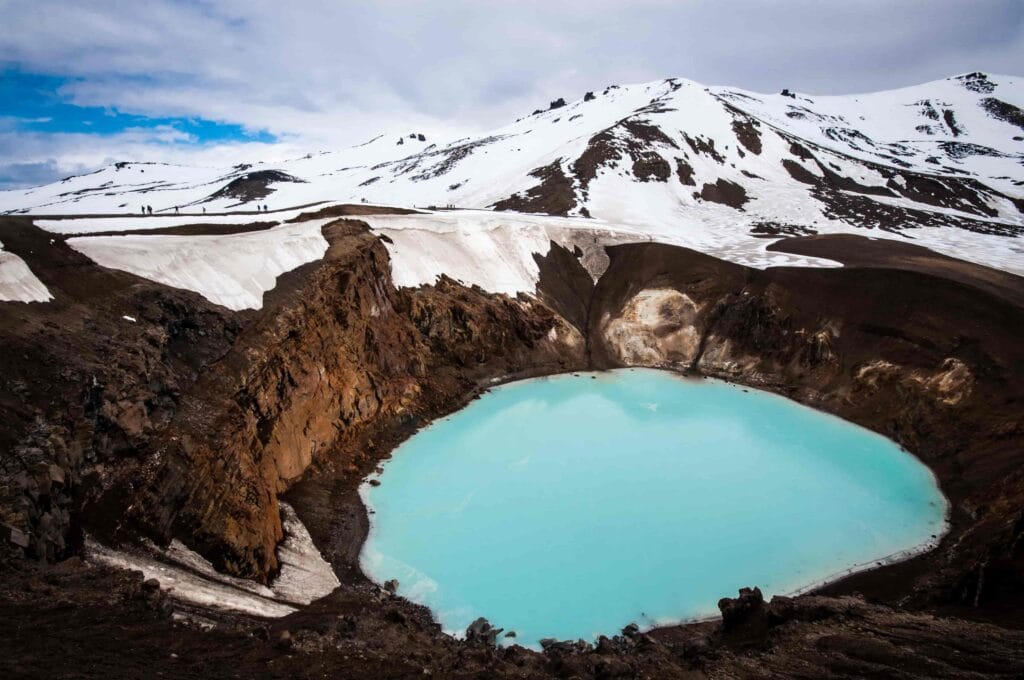
Askja remained unknown until 1875 when a violent eruption caused a catastrophic disaster in Iceland. The massive eruption poisoned the land and caused a great deal of suffering for people. Many people left the place for North America to start new lives.
Askja is located in the remote Icelandic highlands in the Dyngjufjöll Mountains. Profound volcanic activity hasn’t been reported since 1961 and today it is listed as moderately active. The second deepest lake of Iceland, Öskjuvatn, fills its smaller caldera. The lake remains frozen for most of the years but scientists believe that it’s heating up. If you are looking for a warm lake where you can take a dip, another caldera lake called Viti just beside Askja won’t disappoint you.
9. Snæfellsjökull
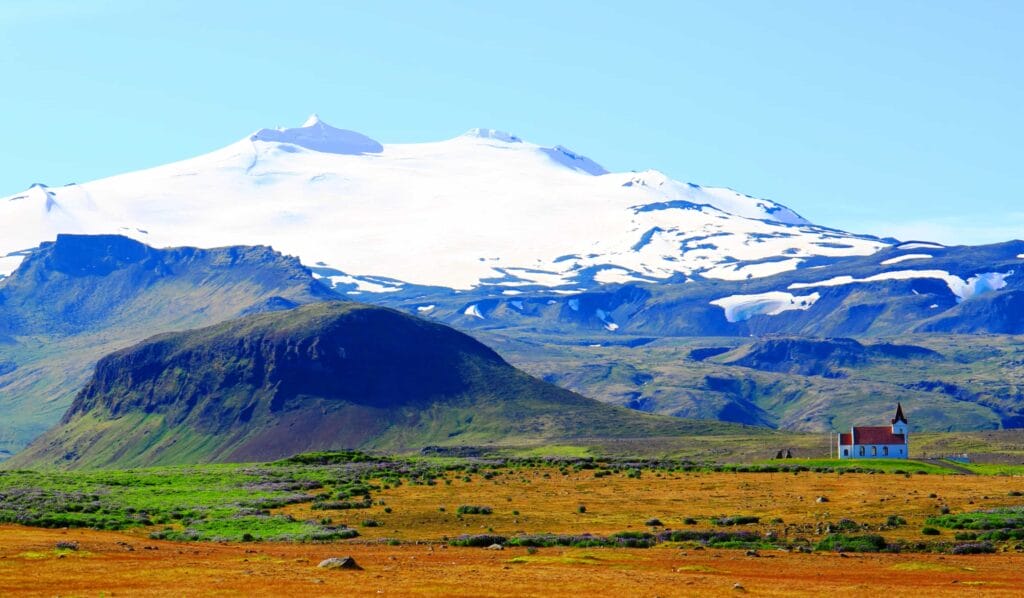
We have kept the best volcano in Iceland for the last. One of the most popular and beautiful volcanoes of Iceland is, Snæfellsjökull. This marvelous volcano has served as an inspiration to many artists and a breeding ground of various conspiracy theories. The most bizarre conspiracy theory that predicted an alien invasion on 5 Nov 1992. Thousands of people and news channels flocked that year to witness the alien invasion, however, what they got was a disappointment. There were no aliens.
Nicknamed “the door to centre of the earth”, the active volcano is located on the Snæfellsnes Peninsula in western Iceland. The volcano has been silent for last 1700 years but geologists believe that it can erupt (not knowing when).
Visit this majestically mysterious volcano island to see miraculous beauty it has to offer.


